Artificial Intelligence (AI) and Machine Learning (ML) are transforming industries — from healthcare and finance to retail and transportation. But as models become more complex and datasets grow larger, data scientists and engineers need powerful, scalable, and automated infrastructure to manage their workloads.
Kubernetes and Kubeflow.
In this beginner-friendly guide, we’ll explore how Kubernetes and Kubeflow work together to simplify and scale AI/ML workflows — with examples, architecture insights, and essential concepts you need to know.
Why Kubernetes for AI/ML Workloads?
Kubernetes is an open-source platform that automates container orchestration — deploying, scaling, and managing containerized applications.
Here’s why Kubernetes is ideal for ML workflows:
- Scalability: Distribute training workloads across multiple GPUs and nodes.
- Resource Optimization: Run jobs only when needed, scale up/down as required.
- Reproducibility: Ensure consistent environments using containers (e.g., Docker).
- Automation: Automate data preprocessing, training, tuning, and serving.
- Portability: Run your ML pipelines on any cloud or on-premise environment.
What Is Kubeflow?
Kubeflow is an open-source ML toolkit built specifically for Kubernetes.
Think of it as the “ML Ops platform for Kubernetes.” It provides tools and frameworks to build, train, and deploy machine learning models — all while leveraging the power of Kubernetes underneath.
What Can You Do with Kubeflow?
- Build ML pipelines with reusable steps
- Run distributed training jobs (e.g., TensorFlow, PyTorch)
- Automate hyperparameter tuning
- Serve models via inference endpoints
- Manage and monitor the entire ML lifecycle
Key Components of Kubeflow
Let’s look at the most important building blocks of Kubeflow:
| Component | Purpose |
|---|---|
| Kubeflow Pipelines | Create, run, and manage ML workflows as DAGs (Directed Acyclic Graphs) |
| Katib | Hyperparameter tuning engine |
| KFServing / KServe | Model serving with autoscaling |
| Notebooks | Jupyter notebooks integrated with Kubernetes |
| TFJob / PyTorchJob | Distributed training support for popular frameworks |
| Central Dashboard | Unified UI to manage resources, pipelines, models, and experiments |
A Simple Example: ML Pipeline with Kubeflow
Let’s say you're training a model to predict housing prices. Here’s how a basic Kubeflow pipeline might look:
TFJob or PyTorchJob to train your model on multiple GPUs.Katib to try different learning rates, batch sizes, or model architectures.KServe, with REST or gRPC endpoints.Architecture Overview: How Kubeflow Works on Kubernetes
Kubeflow is an open-source platform that simplifies and streamlines the end-to-end machine learning (ML) lifecycle by running on top of Kubernetes. Its modular design allows teams to orchestrate everything from data preparation to model training, tuning, and serving—entirely within a cloud-native environment.
Let's break down how Kubeflow integrates with Kubernetes and the core components involved in this architecture.
User Interaction
The journey begins with the User, who interacts through the Kubeflow Central Dashboard—a unified UI that provides access to all Kubeflow services and tools.
Core Functionalities of Kubeflow
Once inside the dashboard, users can navigate through various integrated components:
- ML Pipelines: Define, deploy, and manage ML workflows using reusable pipeline steps.
- Katib (Hyperparameter Tuning): Automate the hyperparameter tuning process using algorithms like random search or Bayesian optimization.
- Notebooks (JupyterLab): Provision on-demand Jupyter notebooks for data exploration and model development.
- Model Serving: Deploy and monitor trained models using inference services such as KFServing (KServe).
Each of these services runs as a microservice inside Kubernetes, leveraging its scalability, orchestration, and resource management features.
Kubernetes as the Backbone
Under the hood, all Kubeflow components run on a Kubernetes Cluster, utilizing native Kubernetes resources like:
- Pods: Where individual ML components or jobs are executed.
- Jobs: Used for one-time tasks like training models.
- Services: Handle internal communication and expose applications to users.
- Volumes: Manage persistent data such as models, logs, and datasets.
This infrastructure ensures resilience, scalability, and ease of deployment, making Kubeflow ideal for both research and production environments.
Architecture Diagram
Here is a visual representation of how everything connects—from the user to Kubernetes workloads:
Diagram courtesy of the official Kubeflow documentation

Running Kubeflow Locally or in the Cloud
Option 1: Minikube (for Local Testing)
Kubeflow can be installed on your local machine using Minikube, but it requires a lot of resources (8+ GB RAM).
Option 2: Cloud Providers
The easiest way to run Kubeflow in production is via cloud-managed services:
- Google Cloud (GKE + Vertex AI)
- AWS (EKS + Kubeflow)
- Azure Kubernetes Service (AKS)
Cloud providers offer GPU support, object storage, and better scalability.
Getting Started with Kubeflow
Here’s a simplified path to run your first ML workload with Kubeflow:
kfctl to set up the platform.Tools You’ll Use in a Typical Workflow
Learn More & Practice: KodeKloud AI/ML & Kubernetes Courses
If you're serious about becoming a DevOps ML Engineer or want to explore ML Ops, check out KodeKloud’s in-depth courses on Kubernetes, containers AI/ML and cloud:


Here's a bonus course to help you master monitoring your workloads.

Why Use Kubeflow on Kubernetes?
Final Thoughts
Kubernetes solved the infrastructure problem.
Kubeflow solves the ML lifecycle problem.
Together, they bring powerful automation and scalability to data science teams — allowing them to focus on models, not infrastructure.
Whether you're a beginner in DevOps or an ML engineer looking to scale experiments, learning Kubeflow is a smart move.



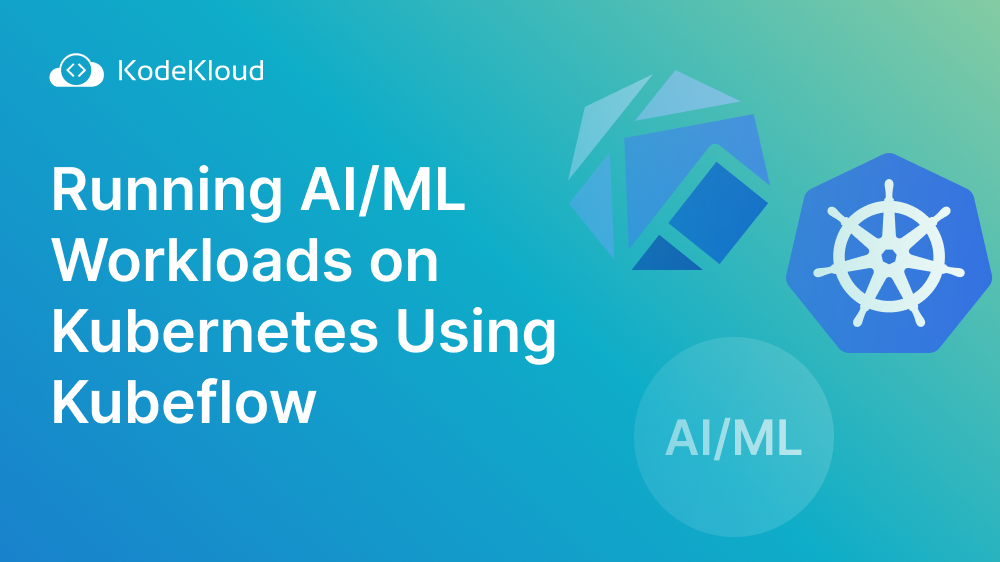




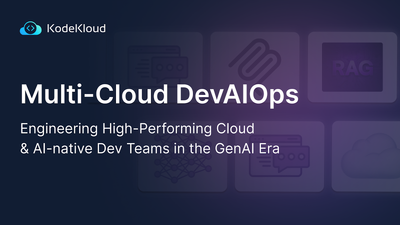




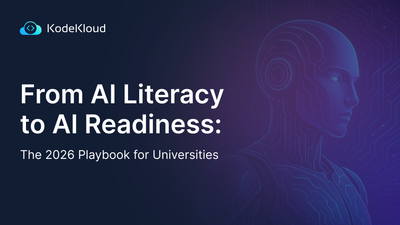

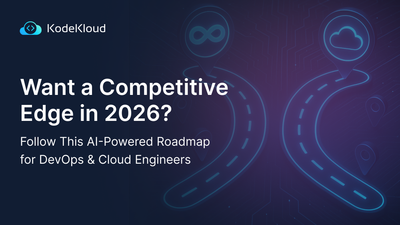


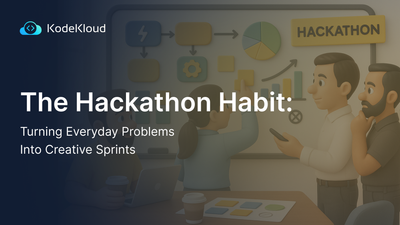

Discussion